 |
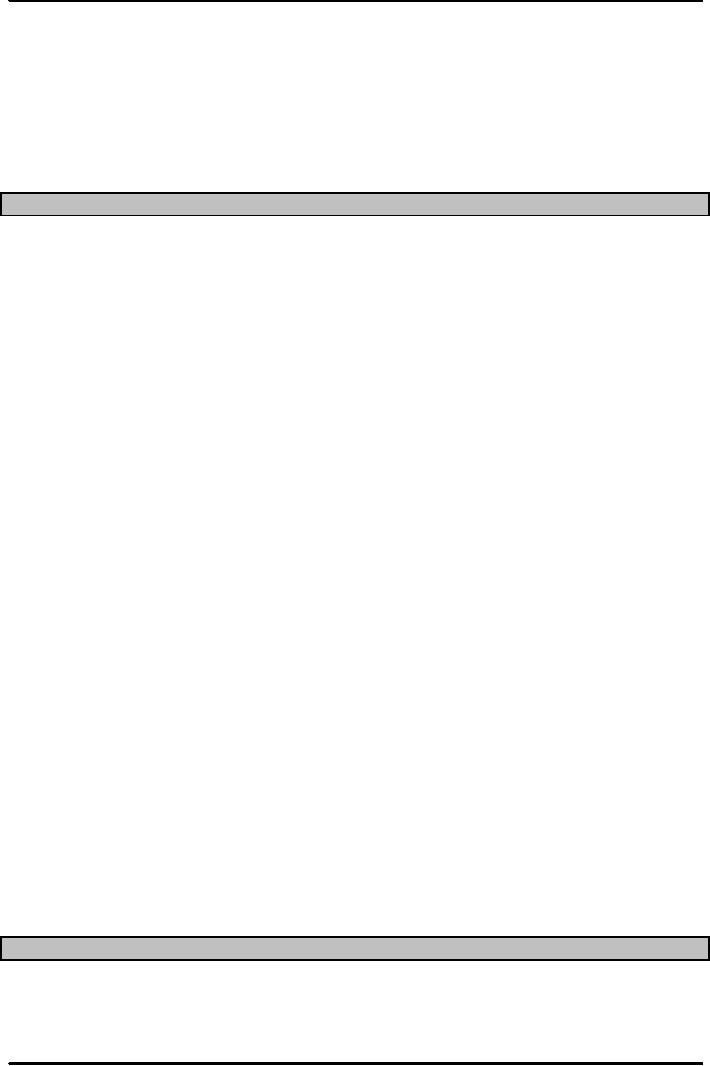
Production
and Operations Management
MGT613
VU
Lesson
13
We have covered
certain important concepts
like standardization and
mass customization,
through
which
organizations as well as governments are
able to address the requirements of a
broad customer
population.
It is important now to understand how
design strategies are applied and
how to differentiate
between
product and service design. There are
certain common features to both. An
effective operations
manager
should know both about
goods and services. It is also
important to understand that a
good
design
should address the issues
relating to cost, performance and
quality.
DESIGN
STRATEGIES
Design
strategies have one common characteristic, which is to
achieve customer satisfaction, along
with
reasonable
profit in a way which does
not go beyond the organizations
manufacturing abilities. An
exaggerated
example being that if an
automobile car manufacturing
organization's design department
decides
to design a truck. This would
probably mean testing the
organizations manufacturing
capability,
as
the organization would not be have the
infrastructure to manufacture a
truck.
Some
of the common design strategies
are
1.
Design for Manufacturing
(DFM):
The
designers' consideration of the
organization's
manufacturing
capabilities when designing a
product. The more general term design
for
operations
encompasses services as well as
manufacturing. Manufacturability is the
ease of
fabrication
and/or assembly which is
important for:
i.
Cost
ii.
Productivity
iii.
Quality
2.
Design for Assembly (DFA):
Design focuses on reducing the number of
parts in a product
and
on
assembly methods and
sequence.
3.
Design for Disassembly (DFD):
Design focuses on facilitating the
disassembly in a logical and
an
exact reverse sequential manner to the
assembly methods and
sequence.
4.
Design for Recycling (DFR) :
Design allows and facilitates the
recovery of material of materials
and
components from used products
for reuse. The designers'
consideration of the
organization's
manufacturing capabilities when
designing a product. The more general
term
design
for operations encompasses services as
well as manufacturing.
5.
Design for Remanufacturing:
Using some of the components of the
old products in the
manufacture
of new products. Remanufactured products are
sold at 30 to 50% of the price
of
new
product .e.g. Printers, copiers, cameras,
PCs and Cell/Telephones. This
can be done by
original
equipment manufacturer or a competitor or end
user ( in the latter case
its called
cannibalization)
It
is important now to learn as an
Operations Manager the concept of
Recycling. Recycling is in
simple
words
recovering materials for future
use. The common recycling
reasons are
Cost
savings
Environment
concerns
Environment
regulations
Design
for recycling is a design strategy that
facilitates the recovery of materials and
components of old
products
in the manufacture/assembly of new products. The focus
here is to design components
that
would
allow for disassembly and
reuse or even CANABALIZATION.
Robust
Design
Robust
Design: Design that results
in products or services that can
function over a broad range
of
conditions.
The idea is to have consistent, safe and
reliable operations with no excuse
for environmental
characteristics.
E.g. Automobiles/Products produced for
European conditions may not
perform well in
Pakistan
because of different environmental
conditions. Similarly if you happen to
visit an industrial
53
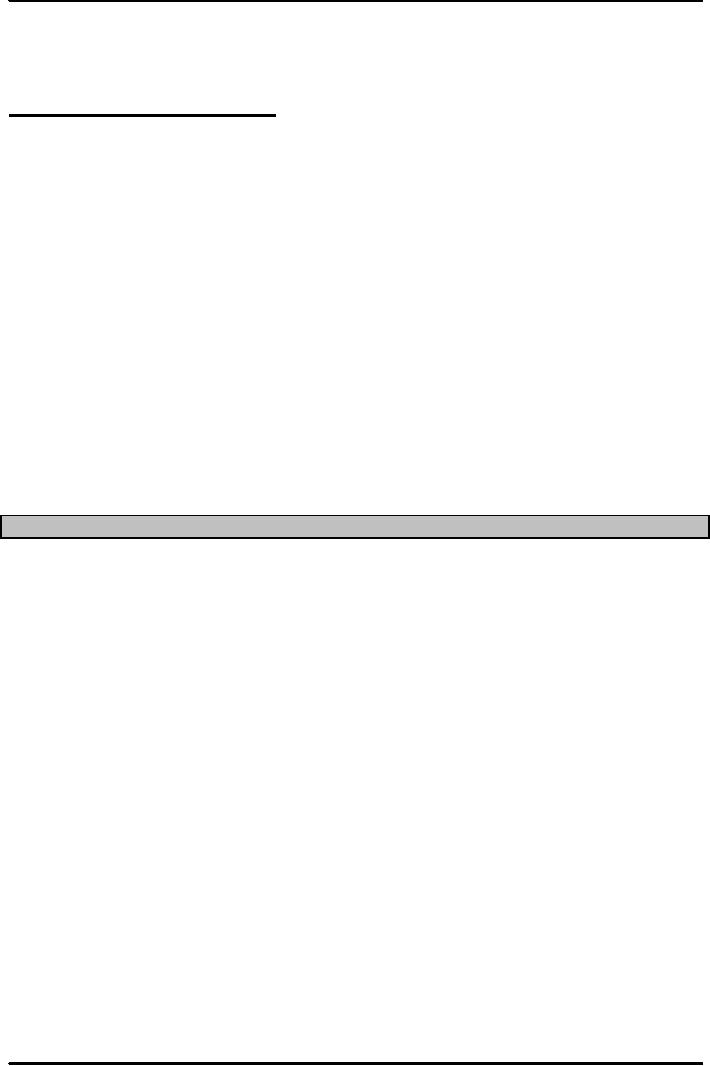
Production
and Operations Management
MGT613
VU
area,
please make sure that
you have a proper OSHA
standard safety boot available to
you. In Pakistan
certain
automobile manufacturers do not comply
with the safety boot requirements for
all its workers
working
at the assembly plants. A non OSHA
compliant safety boot can
probably cause more harm
resulting
in foot amputation
etc.
Taguchi
Approach To Robust
Design
Genichi
Taguchi, a Japanese Manufacturing
Engineer pioneered and championed the
concept of
reduction
in the variability factor in
manufacturing process. His approach
helped manufacturing
organizations
to isolate and eliminate
waste. This approach resulted in quality
improvement and cost
reduction.
With
the aid of the Taguchi Approach we
can determine the factors that
are controllable and those
not
controllable
along with their optimal
levels relative to major
product advances.
The
defining characteristics for the
Taguchi approach include:
Design
a robust product
Insensitive
to environmental factors either in
manufacturing or in use.
Central
feature is Parameter
Design.
An
added concept to Taguchi
Approach is the Degree of Newness. Degree of
newness is an incremental
enhancement
of certain quality based performance
features for the product.
The various ways in
which
degrees
of newness can be achieve
include
1.
Modification of an existing
product/service
2.
Expansion of an existing
product/service
3.
Clone of a competitor's
product/service
4.
New product/service
5.
Degree of Design Change
Phases
in Product Development Process
A
manufacturing organization when
carrying out design of a product
goes through the following
phases.
1.
Idea
generation
2.
Feasibility
analysis
3.
Product
specifications
4.
Process
specifications
5.
Prototype
development
6.
Design
review
7.
Market
test
8.
Product
introduction
9.
Follow-up
evaluation
Idea
Generation often captures
what we have already discussed as
reverse engineering.
Reverse
engineering
is the dismantling and inspecting of a
competitor's product (or any
other manufacturers old
or
existing product) to discover
product improvements.
Research
& Development (R&D) is the organized
efforts to increase scientific
knowledge or product
innovation
& may involve:
Basic
Research advances knowledge
about a subject without near-term expectations
of
commercial
applications.
Applied
Research achieves commercial
applications.
Development
converts results of applied research
into commercial
applications.
54
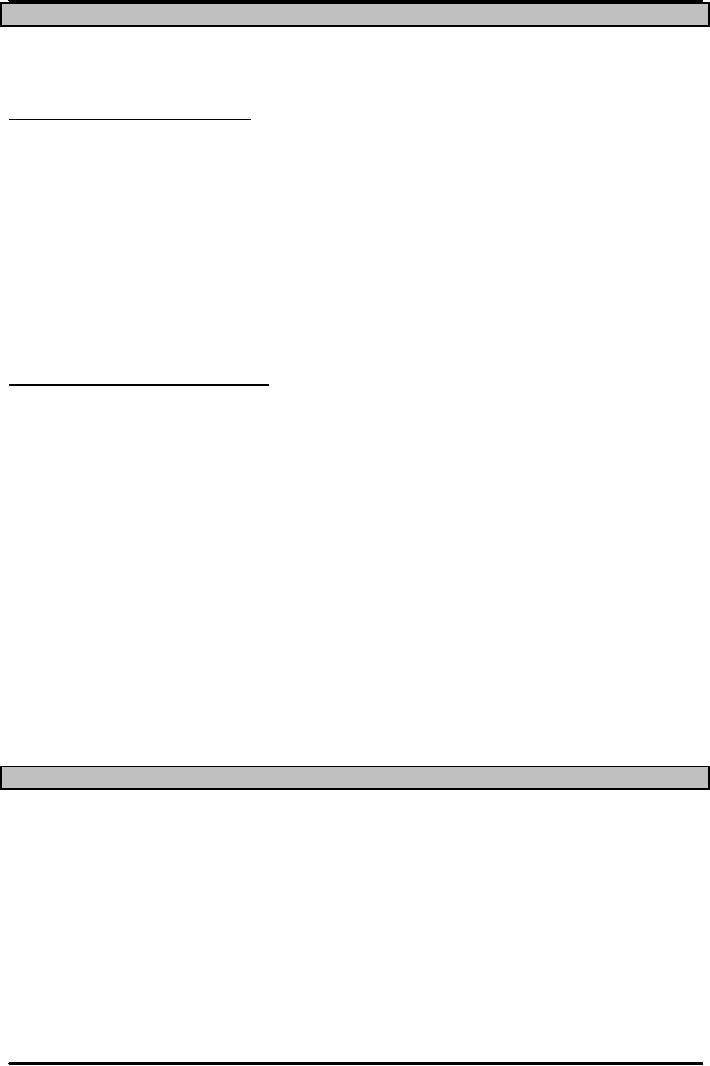
Production
and Operations Management
MGT613
VU
Concurrent
Engineering
Concurrent
engineering is the bringing together of
engineering design and manufacturing
personnel
early
in the design phase.
Concurrent
Engineering Advantages
Manufacturing
Personnel are able to
identify production capabilities and
capacities .They have
thus
the
opportunity to inform the design group
about the suitability of certain
materials on the flipsides
the
designer would know the suitability of
certain designs in aiding in
cost reduction and
quality
improvement
in production/assembly process.
Early
opportunities for design or procurement of
critical tooling, some of
which might have long
lead
times. This can result in a
major shortening of the product
development process, which
should
be
a key competitive advantage.
Early
consideration of the Technical
Feasibility of a particular design or a
portion of a design. Again
this
can avoid serious problems
during production. The
emphasis can be on problem
resolution
instead
of conflict resolution.
Concurrent
Engineering Disadvantages
Long
standing existing boundaries between design and
manufacturing can be difficult
to
overcome.
Simply bringing a group of
people together and thinking
that they will be able
to
work
together effectively is probably
naÔve.
There
must be extra communication and
flexibility if the process is to work,
and these can be
difficult
to achieve.
Computer-Aided
Design
Computer-Aided
Design (CAD) is product design
using computer graphics.
increases
productivity of designers, 3 to 10
times
creates
a database for manufacturing
information on product
specifications
provides
possibility of engineering and cost
analysis on proposed designs
Modular
Design
Modular
design is a form of standardization in
which component parts are
subdivided into modules
that
are
easily replaced or interchanged. It
allows:
Easier
diagnosis and remedy of failures
Easier
repair and replacement
Simplification
of manufacturing and assembly
A
concept idolized in the IT industry
for software
development
Service
Design
Service
is an act and service delivery system
focuses on facilities, processes and
skills.
Many
services are bundled with
products, like oil change
would require you to pay
for the oil canister as
well.
A good service design involves
The
physical resources needed
which are somewhat Explicit
Services
The
goods that are purchased or
consumed by the customer which
are the services that
we
call
the implicit services
Operations
Manager should be aware of the
fact that service is something
that is done to or for a
customer
and service delivery system
are the required facilities,
processes, and skills needed to
provide
a
service, also the words used are
product bundle and service package. We
should know that the
product
bundle
is the combination of goods and services
provided to a customer and service
package is the
physical
resources needed to perform the
service
55
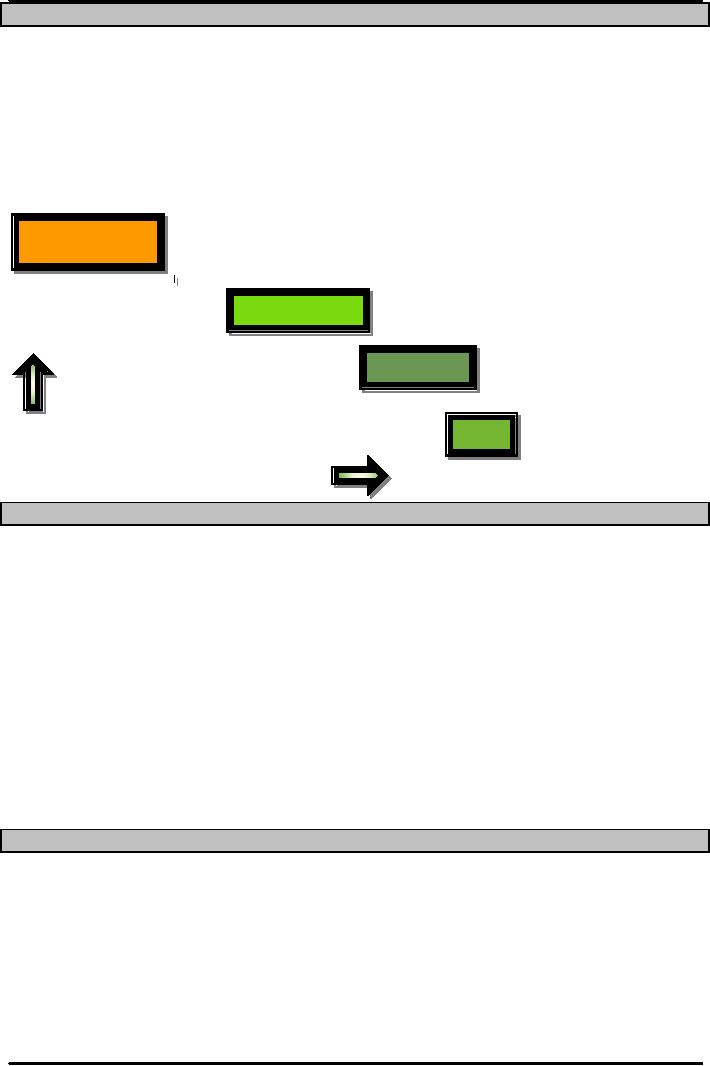
Production
and Operations Management
MGT613
VU
Good
Service Spectrum
Operations
Managers often end up
answering whether a certain
activity falls under
product
manufacturing
or service development. The figure
below tries to capture the concept of the
whole
spectrum/band
of Goods and Services. The
spectrum or band has on Y axis the
control on goods and on
X
axis the control on
services.
This
is to help understand how a purely
manufacturing organization would
handle a services
assignment
as
well as how the operations manager
would effectively handle
both products as well as
services.
Steel
Production
Automobile
Manufacturing
Auto/Appliance
Repair
Manual
Car Wash
Teaching
Increasing
Increasing
Goods
Control
Service
Content
Difference
between Product and Service Design
1.
Products are Tangible and
generally services are
intangible. Services give
peace of mind which
is
again an intangible
thing.
2.
Services are created and
delivered at the same time,
haircut, car wash. Services
like these if not
properly
designed are instantly discovered by the
customers.
3.
Services highly visible to
customers and should be designed with
that in mind. This adds
an
extra
dimension to process design, one that is
absent in product design.
4.
Services cannot be inventoried. This
poses on restriction on flexibility and
leads to an increased
importance
in capacity design.
5.
Location important to service design. In
fact design of services and choice of
location are often
closely
linked.
6.
Services have low barrier to
entry. Some services (Non
Information Technology BASED)
have
lower
barriers to entry and exit.
This places an additional
pressure on service design to be
innovative
and cost effective.
Phases
in Service Design
Service
Design process requires the thorough
understanding of what the service should
be and how it
should
be delivered and that too
with in certain standardized
specifications or requirements.
1.
Conceptualize
2.
Identify
service package components
3.
Determine
performance specifications
4.
Translate
performance specifications into design
specifications
5.
Translate
design specifications into delivery
specifications
56
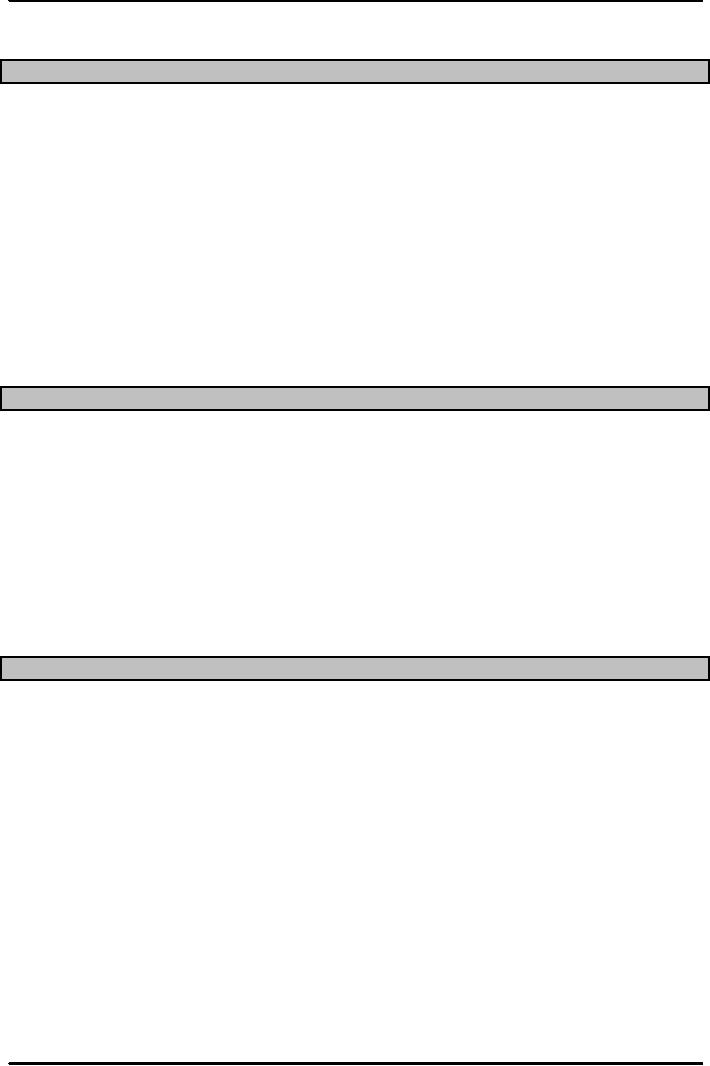
Production
and Operations Management
MGT613
VU
A
good operations manager should be
able to see the compatibility between
design requirements for a
product
or a service.
Service
Blueprinting
Service
blueprinting is a method used in service design to
describe and analyze a proposed service. It is
a
useful tool for
conceptualizing a service delivery
system
Major
Steps in Service Blueprinting
1.
Establish boundaries and decide on the level of detail
that is needed.
2.
Identify steps involved and
describe them. If there is an existing
process, get an input
from
those
who do it.
3.
Prepare a flowchart of major
process steps.
4.
Identify potential failure
points. Incorporate features
that minimize the chances of
failures.
5.
Establish a time frame for service
execution and estimate of
variability in processing
time
requirements.
Time is a fundamental determinant of
cost, so establishing a time
standard for
service
is important.
6.
Analyze profitability. Customer
waiting time is important,
leading to negative
profitability
Characteristics
of Well Designed Service Systems
A
well designed service system should be
consistent with the organization's
vision as well as mission. It
should
be user friendly, robust, easy to
sustain, cost effective and
should bring value to
customers.
A
good and well design should
create an effective linkage between back
operations and front
operations.
It should aim for a single
unifying theme. It should
ensure reliability and high
quality.
An
operations manager often faces
challenge of a poor service design. The
reasons of a poor service
design
include variable requirements, difficult
to describe requirements, high volume of
customer
contact.
These challenges can be overcome easily
with the aid of defining a standardized
requirement
that
would be addressed by the service, make
simpler requirements and handle
only limited number of
customers
at each service station or
outlet.
The
House of Quality
It
makes a lot more sense to
introduce the concept of quality in
product and service design here.
We
already
know a superior product
enjoys a broader customer base
because of its superior
quality.
Similarly
a service is a customer encounter. A
popular managerial view is
that the Quality
Function
should
be deployed at the source or at the design
stage. We also should know
what Quality Function
Deployment
is. Two common answers being
that it is the voice of the customer
(which always sets a
standard
for the service organization to follow)
and the second one being that it
should be in the form of
a
house of quality
57
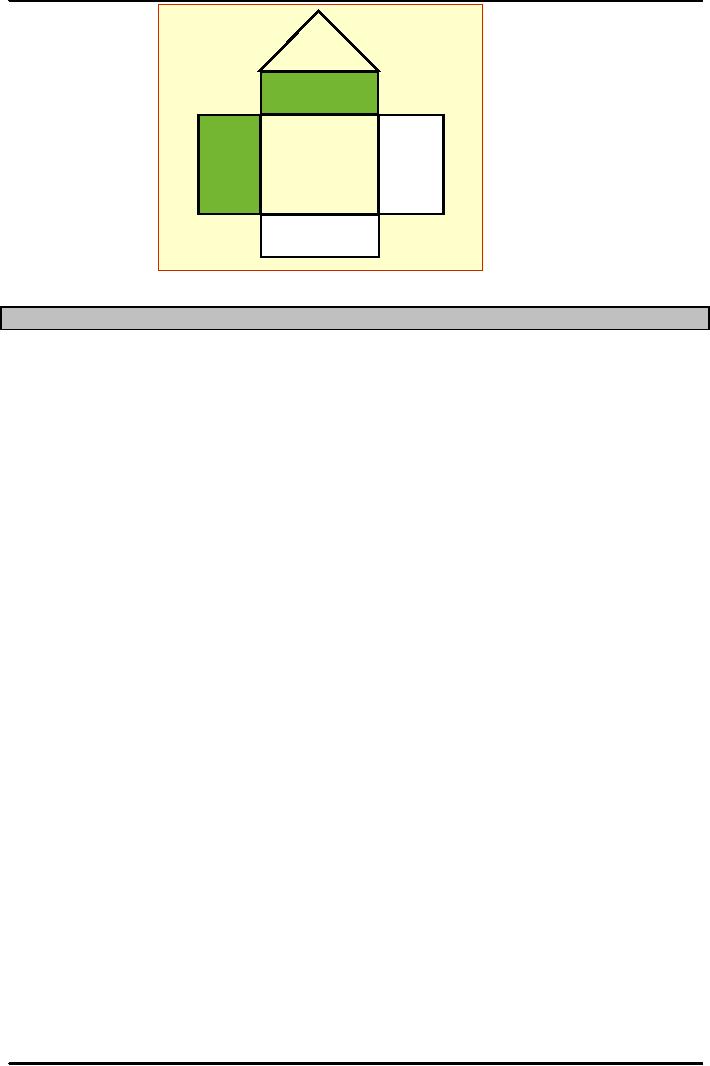
Production
and Operations Management
MGT613
VU
Correlation
matrix
Design
requirements
Customer
Relationshi
Competitive
require-
assessment
p
ments
Specification
s
or
Conclusion
How
organization can improve
their product or service design is based
purely on how much they
are
willing
to invest in Research & Development(R
&D). Organizations should shift
some emphasis away
from
short term performance to long term Performance. They
should work towards continual
and
gradual
improvements instead of the big bang approach.
This is clearly an example of
Japanese
incremental
modification approach to the contrasting
American philosophy of introducing a
different
model.
Whatever may be the approach, a good
design should aim to provide a
reduced product life
cycle.
58
Table of Contents:
- INTRODUCTION TO PRODUCTION AND OPERATIONS MANAGEMENT
- INTRODUCTION TO PRODUCTION AND OPERATIONS MANAGEMENT:Decision Making
- INTRODUCTION TO PRODUCTION AND OPERATIONS MANAGEMENT:Strategy
- INTRODUCTION TO PRODUCTION AND OPERATIONS MANAGEMENT:Service Delivery System
- INTRODUCTION TO PRODUCTION AND OPERATIONS MANAGEMENT:Productivity
- INTRODUCTION TO PRODUCTION AND OPERATIONS MANAGEMENT:The Decision Process
- INTRODUCTION TO PRODUCTION AND OPERATIONS MANAGEMENT:Demand Management
- Roadmap to the Lecture:Fundamental Types of Forecasts, Finer Classification of Forecasts
- Time Series Forecasts:Techniques for Averaging, Simple Moving Average Solution
- The formula for the moving average is:Exponential Smoothing Model, Common Nonlinear Trends
- The formula for the moving average is:Major factors in design strategy
- The formula for the moving average is:Standardization, Mass Customization
- The formula for the moving average is:DESIGN STRATEGIES
- The formula for the moving average is:Measuring Reliability, AVAILABILITY
- The formula for the moving average is:Learning Objectives, Capacity Planning
- The formula for the moving average is:Efficiency and Utilization, Evaluating Alternatives
- The formula for the moving average is:Evaluating Alternatives, Financial Analysis
- PROCESS SELECTION:Types of Operation, Intermittent Processing
- PROCESS SELECTION:Basic Layout Types, Advantages of Product Layout
- PROCESS SELECTION:Cellular Layouts, Facilities Layouts, Importance of Layout Decisions
- DESIGN OF WORK SYSTEMS:Job Design, Specialization, Methods Analysis
- LOCATION PLANNING AND ANALYSIS:MANAGING GLOBAL OPERATIONS, Regional Factors
- MANAGEMENT OF QUALITY:Dimensions of Quality, Examples of Service Quality
- SERVICE QUALITY:Moments of Truth, Perceived Service Quality, Service Gap Analysis
- TOTAL QUALITY MANAGEMENT:Determinants of Quality, Responsibility for Quality
- TQM QUALITY:Six Sigma Team, PROCESS IMPROVEMENT
- QUALITY CONTROL & QUALITY ASSURANCE:INSPECTION, Control Chart
- ACCEPTANCE SAMPLING:CHOOSING A PLAN, CONSUMERíS AND PRODUCERíS RISK
- AGGREGATE PLANNING:Demand and Capacity Options
- AGGREGATE PLANNING:Aggregate Planning Relationships, Master Scheduling
- INVENTORY MANAGEMENT:Objective of Inventory Control, Inventory Counting Systems
- INVENTORY MANAGEMENT:ABC Classification System, Cycle Counting
- INVENTORY MANAGEMENT:Economic Production Quantity Assumptions
- INVENTORY MANAGEMENT:Independent and Dependent Demand
- INVENTORY MANAGEMENT:Capacity Planning, Manufacturing Resource Planning
- JUST IN TIME PRODUCTION SYSTEMS:Organizational and Operational Strategies
- JUST IN TIME PRODUCTION SYSTEMS:Operational Benefits, Kanban Formula
- JUST IN TIME PRODUCTION SYSTEMS:Secondary Goals, Tiered Supplier Network
- SUPPLY CHAIN MANAGEMENT:Logistics, Distribution Requirements Planning
- SUPPLY CHAIN MANAGEMENT:Supply Chain Benefits and Drawbacks
- SCHEDULING:High-Volume Systems, Load Chart, Hungarian Method
- SEQUENCING:Assumptions to Priority Rules, Scheduling Service Operations
- PROJECT MANAGEMENT:Project Life Cycle, Work Breakdown Structure
- PROJECT MANAGEMENT:Computing Algorithm, Project Crashing, Risk Management
- Waiting Lines:Queuing Analysis, System Characteristics, Priority Model